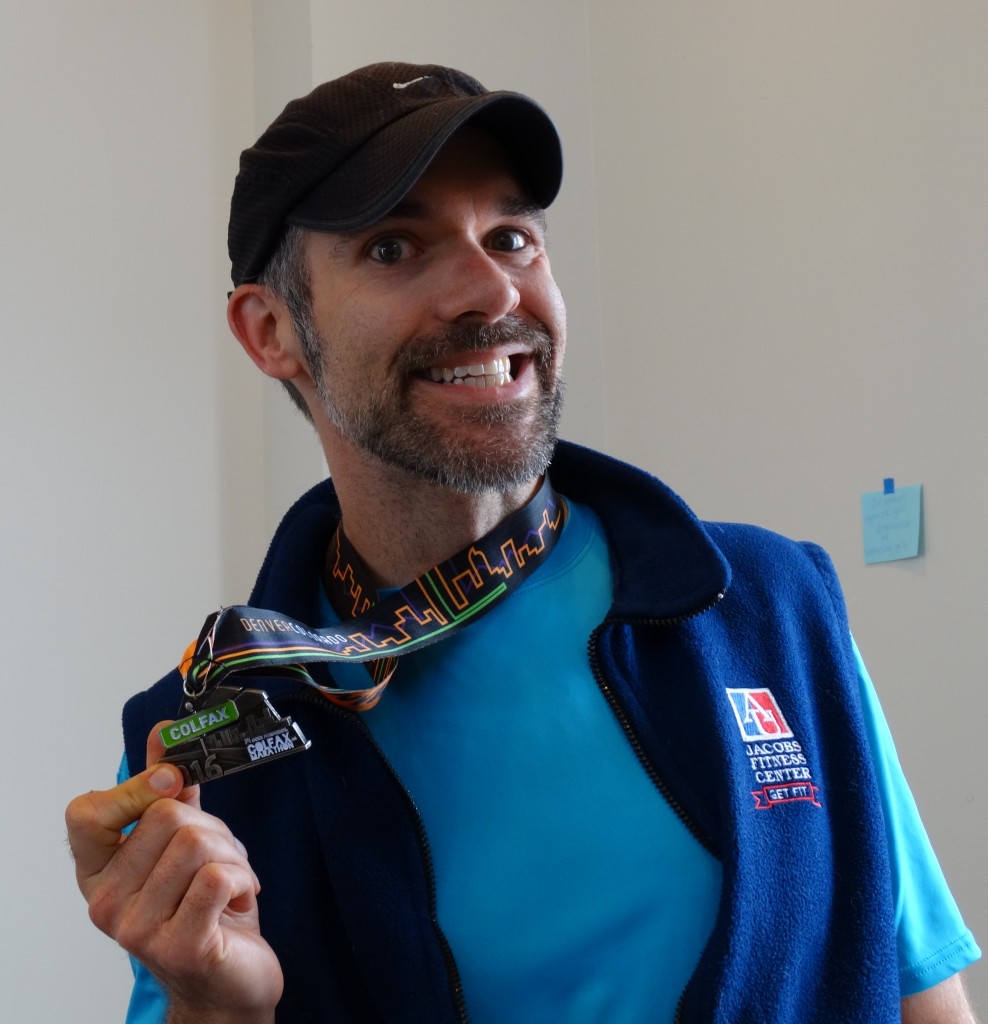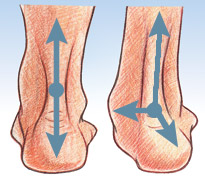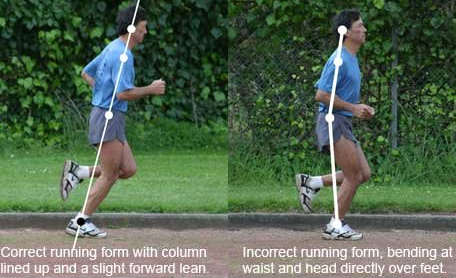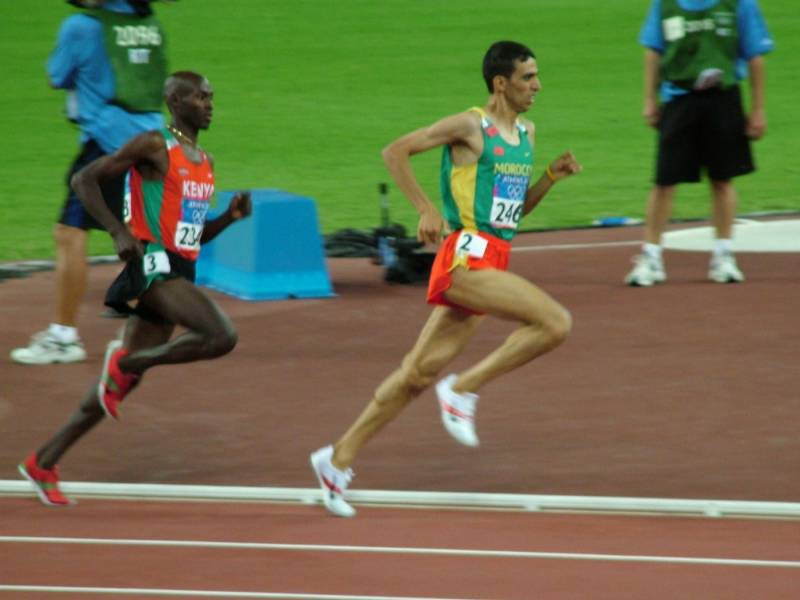Running your first race should be exhilarating, challenging, life-affirming and, of course, fun. I find races to be very emotional. There’s a type of excitement near start that I don’t find many other places. There’s more to this process than just showing up and running though. Thoughtful preparation pays off big-time for an optimal race experience.
Any new experience is guaranteed to come with some surprises. If you’ve trained hard and done everything in your power to ensure a successful race, then you don’t want anything to detract from all that effort. To minimize the chances of trouble, here’s a rundown of things you may want to think about as you prepare for the big race.
Getting to the race
Is your race out of town? If so, do you know how to get from your hotel to the race? How long will it take? If you’re racing at home, how long does it take to get from your house to the race? Set your alarm appropriately. (My suggestion: Set it a little earlier than you think you need to.)
Will you drive to the race, take public transportation, ride a bike or travel by foot?
If it’s a weekend or holiday, what’s the public transportation schedule? Are there street closures for the race? If so, what’s your route to the race?
Exactly where does the race start and finish?
Where do you want to meet your friends and family after the race?
How about bathrooms? Where are they? Early morning race jitters can demand multiple trips.
Sometimes the answers to these questions aren’t obvious.
Sleep
You should aim for a good night of sleep two nights before your race. It’s very typical that you won’t sleep well the night before a race. You’ll have some jitters and if you’re away from home then your normal rhythms and habits will be altered. Don’t worry too much about it. You’ll be fine, but get good sleep 48 hours prior to your event.
Gear and clothing
Many races allow you to drop off warm-up gear and extra clothing. If that’s the case then where do you leave things and where do you pick them up?
If you’re traveling what do you need to pack? By race day, you should know what sorts of things are essential. The Road Runner’s Club of America gives the following checklist:
- shoes
- insoles or orthotics
- socks
- shorts
- underwear
- long sleeve shirt
- short sleeve shirt
- tights
- jacket
- gloves or mittens
- headgear: winter hat, cap, visor, headband
- watch
- race number if picked up early
- safety pins or race belt to which attach race number
- course map
- race instructions
- change of clothes for afterwards
- athletic tape
- skin lube or powder
- sunscreen
- water bottle or hydration pack
- sunglasses
- towel
- pre-race food/fluids
- post-race food/fluids
- wallet/money
Depending on the weather, you may or may not need things like a winter hat or gloves. If you’re racing in a Spring or Fall race, especially in places near mountains or the water, then the weather could change radically and quickly. Don’t assume the weather will be what you expect it to be. If you think you might need it, then pack it! It’s much better to have a piece of gear and not need it than to need it and not have it.
I like to start packing several days beforehand. I always seem to almost forget something. If I start packing early then it’s far less likely that I forget anything.
Finally, race day is not the day to try anything new. No new shoes. No new clothes. No new caps, glasses, socks, or anything else. As the RRCA stresses, “No new is good new.”
Nutrition
Breakfast
If you’re a morning runner then you have it figured out. What did you normally eat for breakfast while training? Stick with it. If it’s new, then don’t do it! You might pay for it with some nasty GI troubles.
If you’ve been running in the evenings and your race is in the morning, then it may take a little more thought. The pre-race meal varies widely from person to person. Generally, you want to eat anywhere from 1-2 hours prior to the race. You want to have enough time for the food to digest, but not so much time that you’re famished at race time.
My GI tract is fairly calm and I can tolerate a fairly wide range of pre-race meals. Other people are the polar opposite and they need to be very precise in the timing and content of pre-race food.
Fruit and yogurt, oatmeal, UCAN, or a smoothie are a few examples of things I like before a race. I’d avoid the steak & eggs trucker special if I were you.
Race nutrition
If your race is something like a 5k then food during the race isn’t much of an issue. It’s not long enough to demand much in the way of sustenance. Water’s probably the only thing you’ll want.
If your race is longer then you may need some calories during the race. Similar to breakfast and race gear choices, this should be determined in your training. Some things to consider:
Will you carry a hydration system and your own food? Will you carry a hydration pack or a hand bottle?
If you plan on eating/drinking from the aid stations, what foods and drinks to they provide? Have you used those products in your training? Recognize that consuming anything that you’re not accustomed to while running may cause you some digestive woes and grind your race to a potentially messy halt… or at least a walk.
Finally, your swag bag will likely contain various snack-type items such as gels, bars, electrolyte drink mix or something similar. If it’s unfamiliar to you then don’t eat it before or during the race. Save it for after.
If you remember nothing else regarding nutrition practices then remember this: No new is good new. (Have you heard that before?)
Running your race
Don’t start too fast.
Your first race! Adrenaline! Excitement! You’ve trained hard, you’re wide awake and you feel electric! Today’s the day for greatness! … And you start out too fast.
I am nearly certain that anyone who’s ever run a race has started out too fast. I have! Some time later that fast start has to be paid for with a slower pace. At worst, it can reduce you to a walk to the finish line.
(I think it’s not only inevitable but also essential that everyone experience a too-fast start at some point. It’s not fun but it’s a very valuable learning experience. It teaches humility and respect for proper pacing.)
No matter how good you feel, no matter how exceptional and strong you believe yourself to be, you won’t do your best if you launch out of the gate too fast. If you’ve been training with paced runs then you’ll know your race pace. Stick to it even it feels way too slow. If you haven’t used paces before then pay attention to how you feel. Pay attention to your breathing and effort. Remember that your hard effort needs to be spread over the entire distance of the race. If you’re feeling strong later in the race then that’s the time to pick it up a bit. Don’t do it at the start though.
Temperature
Spring and Fall morning races may be cold at the start. It’s tempting to bundle up and feel toasty warm. The problem is that once you start running you’ll be hot as hell. If it’s a cold day then you should be a little chilly at the start. You should be a little uncomfortable. Generally, I find that if my hands and ears are warm then I’m comfortable. (Turns out cooling and heating of the hands can have powerful effects on performance. If the topic interests you then read this from Peak Performance )
Finally
This racing thing can be a lot of fun. If you do some planning then it can be a smooth experience. Experience is the best teacher. The more you race the easier the preparation becomes.







